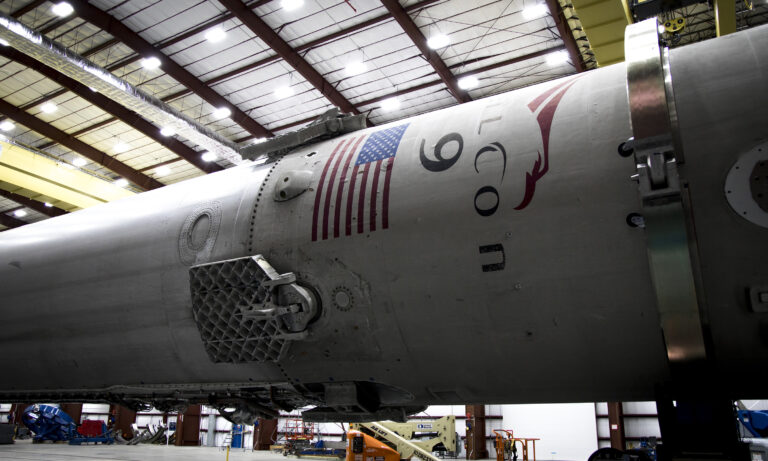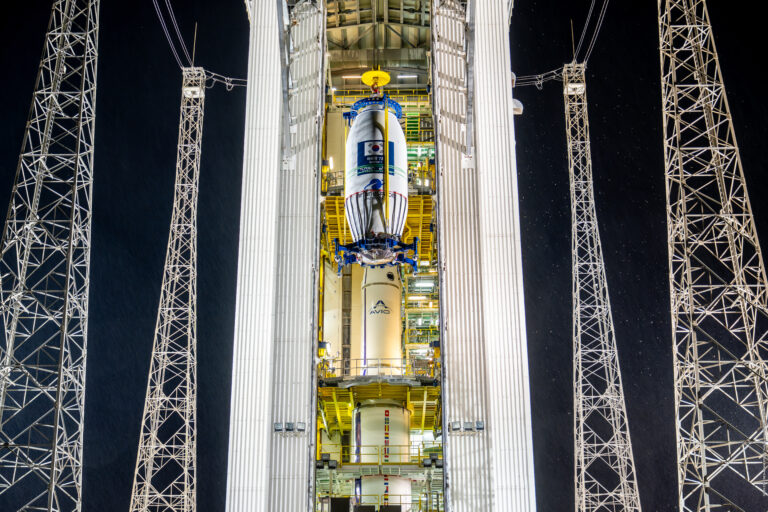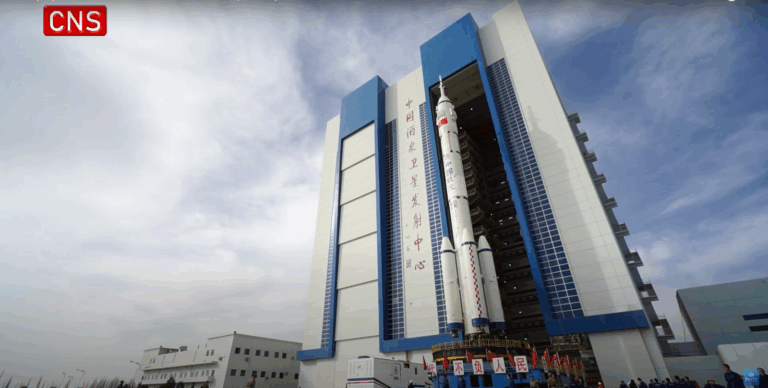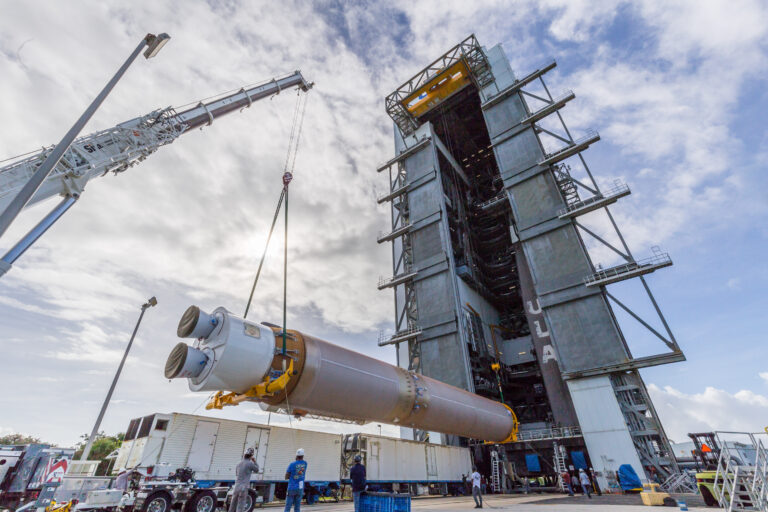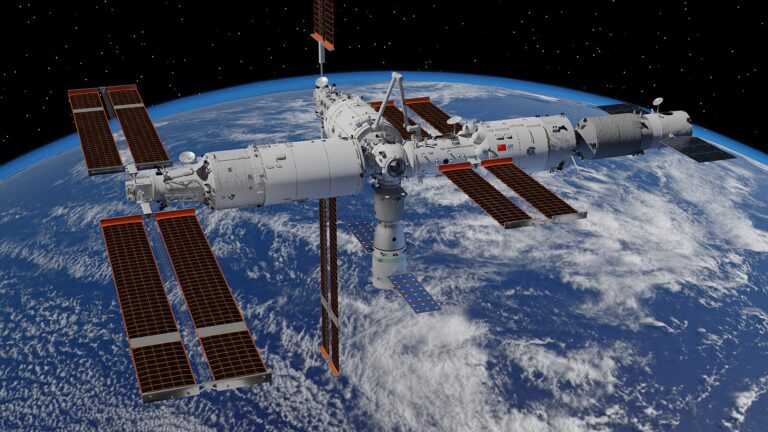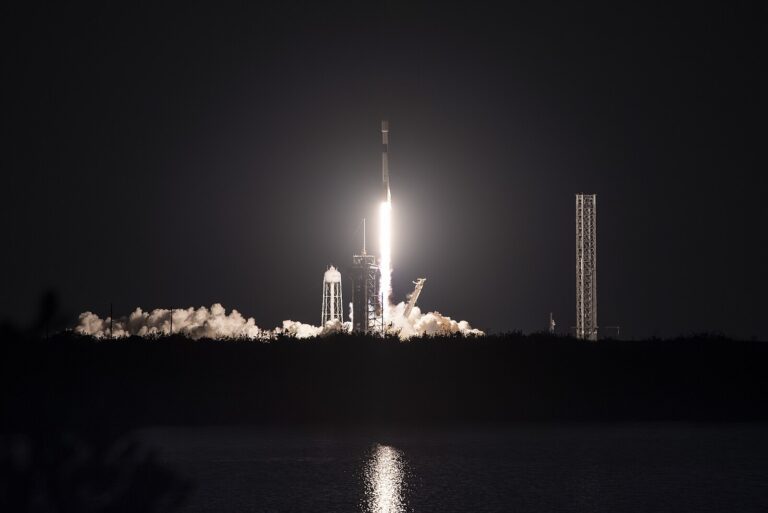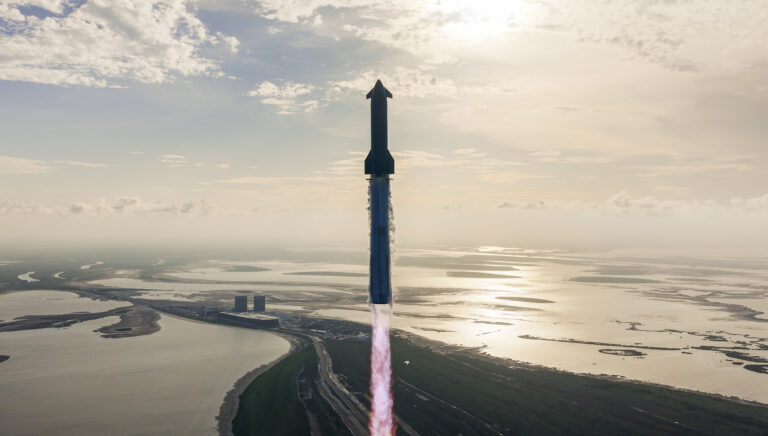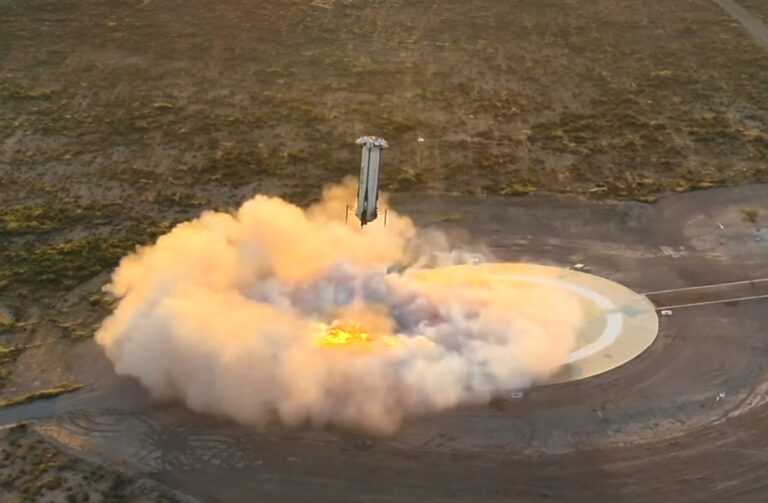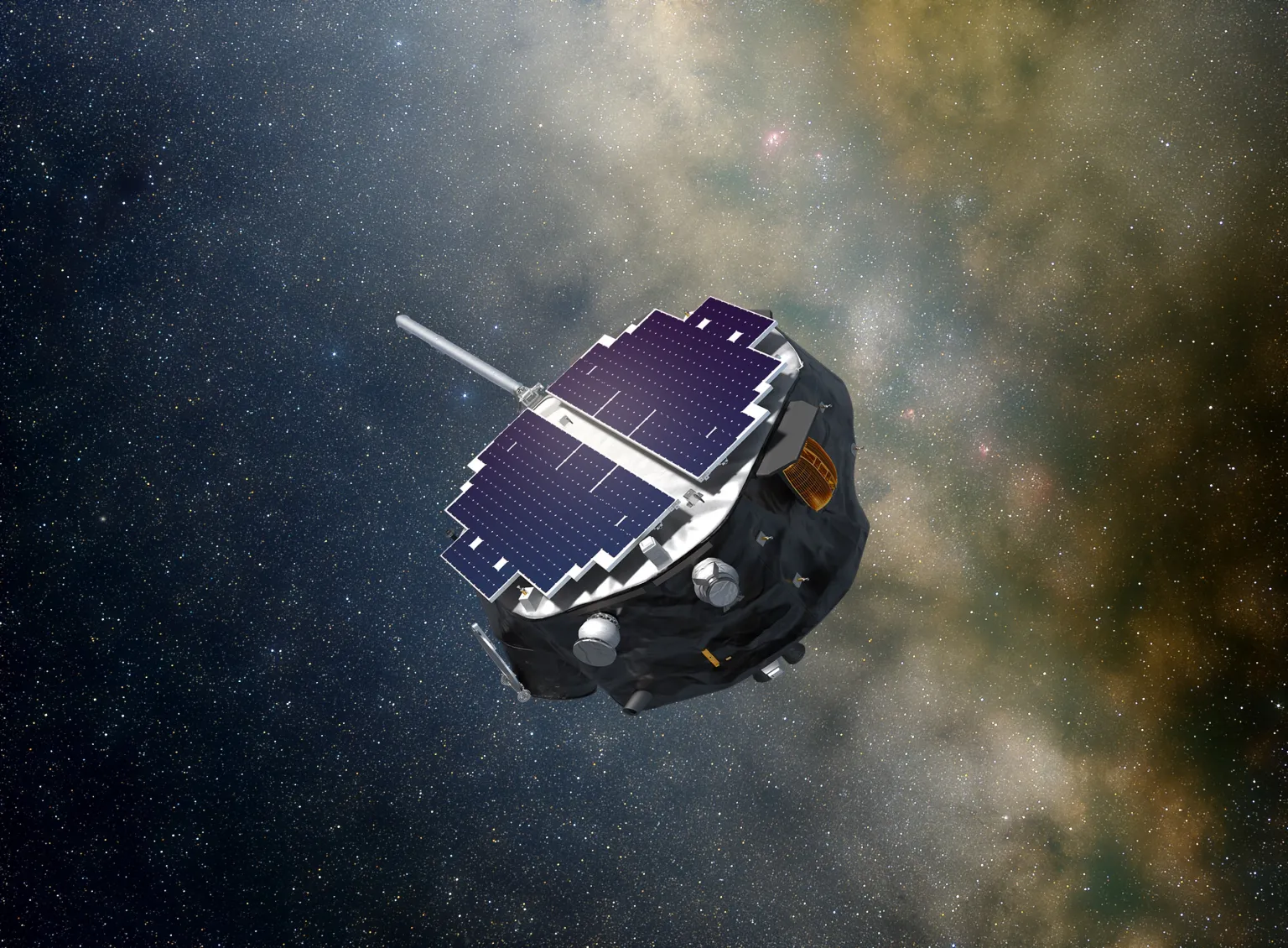
Key Takeaways:
- NASA's Interstellar Mapping and Acceleration Probe (IMAP) mission is scheduled for launch, deploying to the Sun-Earth L1 Lagrange point to map the heliosphere.
- IMAP will utilize ten scientific instruments to detect energetic neutral atoms (ENAs) and create a comprehensive map of the heliosphere's boundaries.
- The mission aims to improve understanding of the heliosphere's protective function against galactic radiation and enhance space weather forecasting via its I-ALiRT system.
- The article also details several other planned launches from various space agencies, including SpaceX, Rocket Lab, and the Chinese space program (CASC), across a week-long period.
Mission highlight: NASA’s IMAP solar observatory
NASA is scheduled to launch its Interstellar Mapping and Acceleration Probe (IMAP) mission aboard a SpaceX Falcon 9 from Launch Complex 39A at Kennedy Space Center in Cape Canaveral, Florida on Tuesday at 7:32 a.m. EDT. The spacecraft will travel to the L1 Lagrange point — a point of gravitational stability between the Earth and the Sun — approximately one million miles (1.5 million kilometers) from Earth, where it will map the boundaries of the heliosphere, the protective bubble of particles and magnetic fields created by the Sun.
Using its 10 scientific instruments, IMAP will map the distant heliosphere boundary by detecting energetic neutral atoms (ENAs). These particles are created when fast-moving ions from the solar wind steal an electron from slow-moving neutral atoms at the solar system’s edge, becoming electrically neutral. Because they are uncharged, ENAs travel in straight lines from their origin, unaffected by the complex magnetic fields that trap other particles. By tracing these atomic messengers back to their source, scientists can construct the first comprehensive map of our solar system’s invisible protective bubble.
This work will help scientists better understand how the heliosphere shields our solar system from harsh galactic radiation, a key factor in maintaining a habitable environment for life. Additionally, the mission will provide a crucial service for space weather forecasting. From its vantage point, IMAP can provide about a half-hour’s warning of incoming hazardous solar radiation. Its I-ALiRT (IMAP Active Link for Real-Time) system will continuously broadcast data to improve prediction models on Earth.
Other missions this week
Monday, September 22: The week starts with a launch for the National Reconnaissance Office. A SpaceX Falcon 9 is scheduled to launch the NROL-48 payload from Vandenberg Space Force Base in Lompoc, California at 1:38 p.m. EDT. This mission will deploy the eleventh batch of satellites for a reconnaissance constellation built by SpaceX and Northrop Grumman. Operating in low Earth orbit, the satellites will provide imaging and other reconnaissance capabilities for the NRO. The first-stage booster will attempt a landing at Vandenberg’s Landing Zone 4. Later, a Rocket Lab Electron rocket is set for a suborbital launch of the JENNA payload from Wallops Flight Facility in Wallops Island, Virginia, at 7:45 p.m. EDT.
Wednesday, September 24: A Chinarocket Jielong 3 is scheduled to launch an unknown payload from Oriental Spaceport Launch Ship (Area 1) in the Yellow Sea, China at 3:55 a.m. EDT.
Thursday, September 25: A busy day for launches kicks off with a SpaceX Falcon 9 launching the Starlink Group 10-15 mission from Cape Canaveral Space Force Station in Cape Canaveral, Florida at 4:36 a.m. EDT. A few hours later, a ULA Atlas V 551 rocket will launch Amazon’s Project Kuiper (KA-03) internet satellites from Cape Canaveral at 8:09 a.m. EDT. The day concludes on the West Coast, where another Falcon 9 will launch the Starlink Group 17-11 mission from Vandenberg at 9:57 p.m. EDT.
Friday, September 26: A CASC (China Aerospace Science and Technology Corporation) Long March 2D rocket is scheduled to launch an unknown payload from the Jiuquan Satellite Launch Center in Jiuquan, China at 3:20 p.m. EDT.
Saturday, September 27: China’s CASC is scheduled to launch a Long March 6A rocket with an unknown payload from the Taiyuan Satellite Launch Center in Taiyuan, China at 8:39 a.m. EDT.
Sunday, September 28: The week closes out with a SpaceX doubleheader. First, a Falcon 9 is scheduled to launch the Starlink Group 10-59 batch from Cape Canaveral at 3:30 a.m. EDT. Later in the evening, another Falcon 9 will launch the Starlink Group 11-20 batch from Vandenberg at 7:32 p.m. EDT.
Last week’s recap
Last week saw five launches around the globe. The action began Monday with a CASC Long March 2C/YZ-1S launching SatNet test satellites from Jiuquan, China. On Thursday, a SpaceX Falcon 9 deployed the Starlink Group 10-61 mission from Cape Canaveral, Florida, followed hours later by Blue Origin’s NS-35 suborbital research flight from Van Horn, Texas. The week concluded with two more Falcon 9 launches: the Starlink Group 17-12 mission from Vandenberg, California on Friday and the Starlink Group 10-27 mission from Florida on Sunday.
Looking ahead
Next week, Rocket Lab is scheduled for a suborbital launch of its Electron rocket from Wallops Island, Virginia, carrying the JAKE 4 payload on Monday.

